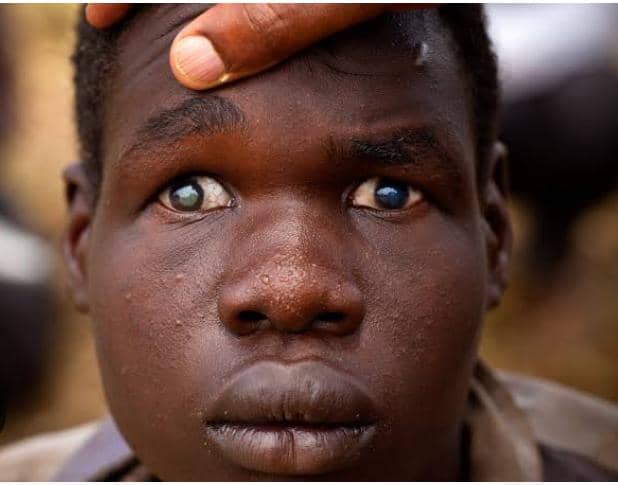
 Mama FM
Mama FM

 Mama FM
Mama FM
1 October 2025, 6:04 pm

By Byamukama Alozious
During the 16th annual Neglected Tropical Diseases (NTD) Conference, hosted in Uganda for the first time, global health experts, researchers, and policymakers gathered to discuss progress, challenges, and future strategies in combating NTDs. Health experts reported that Uganda suffers from at least 21 NTDs out of a possible 24.
Dr Gilbert Baayenda, from the NTD NGO Network, highlighted the significant impact of NTDs on Ugandans, including economic setbacks, loss of lives, and high medical costs, particularly in areas such as Mbale, Kasese, Amuria, Kampala, and the Rwenzori region, where diseases like elephantiasis and onchocerciasis persist.
He noted that people in these areas have suffered from swollen limbs and river blindness. However, thanks to efforts by the Ministry of Health and its partners, these diseases are now nearly eliminated. Dr Baayenda emphasised the importance of continued partnership and the prioritisation of NTDs in global health agendas to meet the 2030 targets.
He also pointed out that poverty remains a major challenge in these regions, where many people rely on subsistence farming and lack access to basic necessities such as clean water, sanitation, and healthcare. The prevalence of NTDs is higher in these areas due to poverty and limited healthcare access.
Dr Alfred Mubangizi, Assistant Commissioner for Neglected Tropical Diseases at the Ministry of Health, noted that Uganda has made significant progress in controlling NTDs. The country has eliminated guinea worm (Dracunculus medinensis) and Gambian sleeping sickness (Trypanosoma brucei gambiense).
Other NTDs, including trachoma, lymphatic filariasis, and onchocerciasis, are also being controlled. However, Uganda still faces challenges with diseases such as bilharzia (schistosomiasis), lymphatic filariasis, onchocerciasis, leishmaniasis, and intestinal worms.
Uganda is on track to eliminate four NTDs before 2030, having already made substantial progress in controlling diseases such as trachoma, lymphatic filariasis, and onchocerciasis. The conference focused on sustainable innovations and their impact, promoting collaboration and innovative approaches in the fight against NTDs.
Key conference themes included the role of AI and digital health in NTD management, One Health approaches, strengthening health systems for NTD elimination, the impact of climate change on NTDs, sustainable financing and investment in NTD programmes, and community-driven innovations.
NTDs affect over 2 billion people worldwide, with climate change and funding constraints posing significant challenges to elimination efforts. The conference emphasised the need for prioritisation and partnership to achieve the 2030 targets.